10 Insights Into The History And Traits Of The Norwegian Buhund
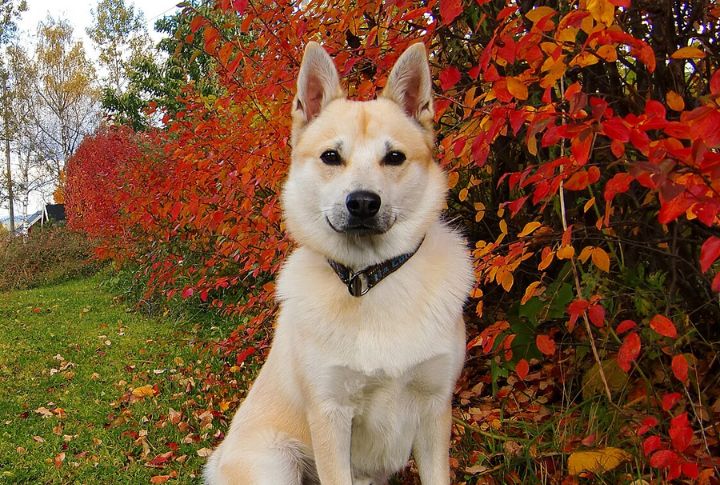
The Norwegian Buhund is an energetic and lively breed with strong ties to Scandinavian heritage. While still considered relatively rare, it enjoys great popularity in its home country of Norway. Its versatility has also sparked growing interest in the UK and the US. Here are 10 key insights that explain why this breed is so cherished.
A Viking Heritage
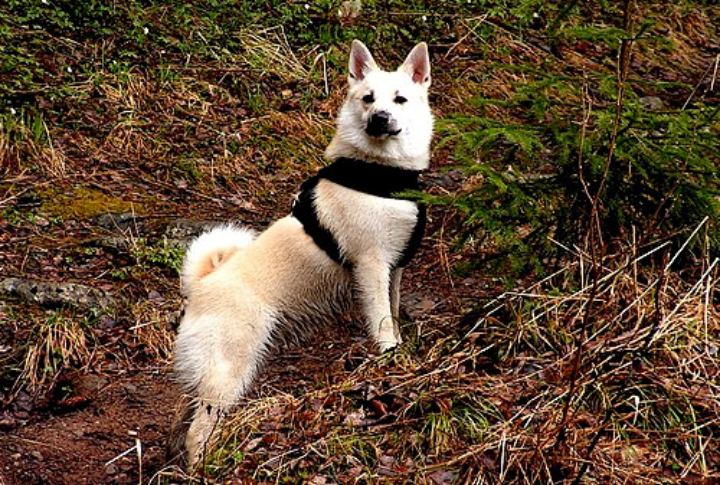
The Norwegian Buhund traces its lineage back to the Viking Age. Archaeological findings have uncovered remains of Buhund-like dogs in Viking burial sites, indicating their esteemed status among Norse warriors. These dogs were companions and also served as herders and guardians, essential to the agrarian lifestyle of the time.
Multi-Purpose Farm Dog
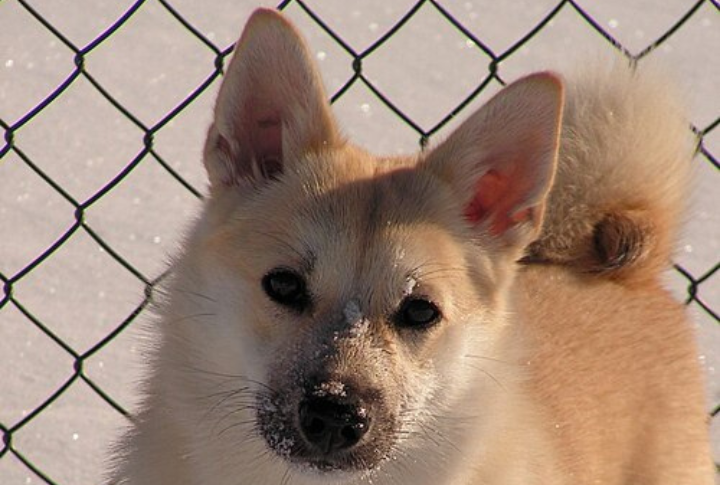
Historically, the Buhund was a jack-of-all-trades on Norwegian farms. Beyond herding livestock, they acted as watchdogs, alerting farmers to intruders or predators. Their keen senses and agility made them adept at various tasks, like guarding property and hunting. This versatility stemmed from their intelligence and eagerness to work, which remain prominent in the breed today.
Distinctive Spitz Features
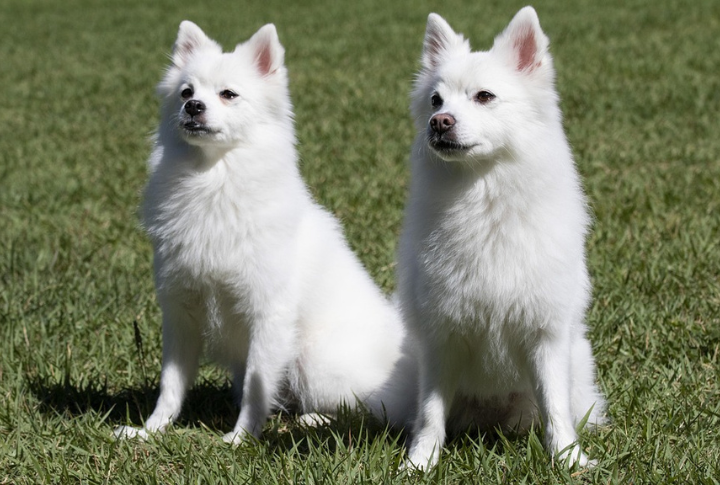
The breed belongs to the spitz family and is characterized by pointed ears and a curled tail. Their double-layered coat comes in shades of black, white, gray, or cream shades, and provides insulation against cold climates. This physical makeup also contributes to their striking appearance and reflects their sturdy and alert nature.
High Intelligence And Trainability

Known for their intelligence, Buhunds are quick learners and excel in obedience training. Their exceptional cognitive ability suits them for various canine sports and activities, including agility and search and rescue operations. However, their sharp minds require consistent mental exercises to prevent boredom and unintended destructive behaviors.
Energetic And Active Lifestyle
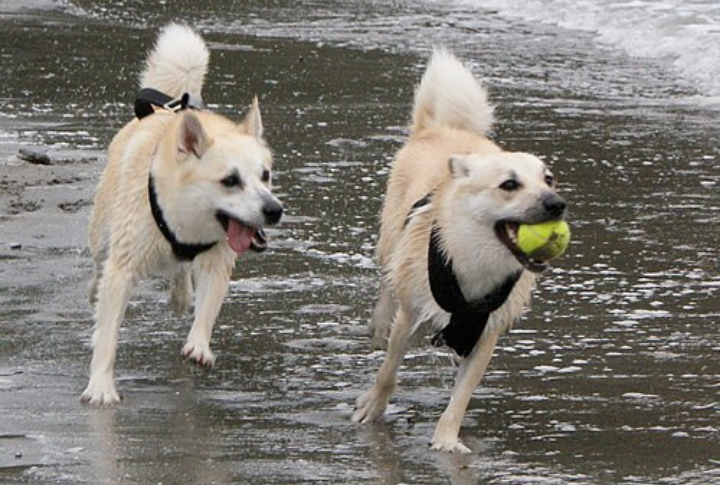
Buhunds are high-energy dogs that require plenty of physical activity to stay happy and healthy. They perform best in surroundings that offer a balance of physical and intellectual stimulation. Perfect for active individuals or families, Buhunds love hiking, running, and participating in dog sports.
Vocal Communicators

This breed is known for its vocal nature, as it often barks to communicate with its owners. While this trait made them excellent watchdogs historically, it can be challenging in modern settings, especially in close-knit communities or apartments. Early training to manage and direct their barking tendencies is essential.
Affectionate Family Members
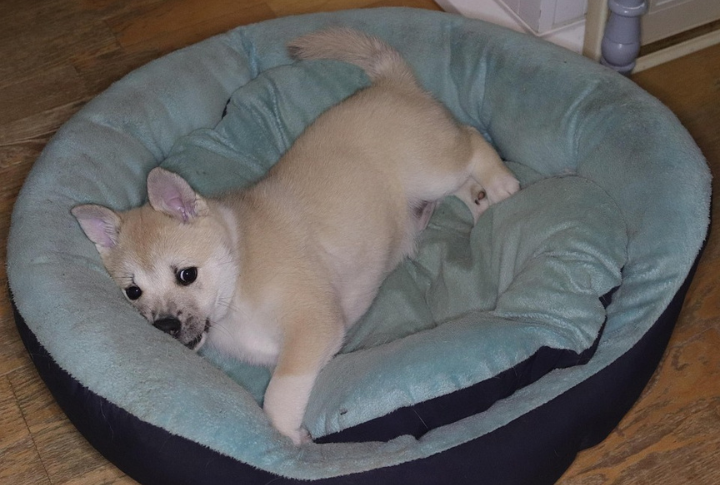
Another trait of the Buhunds is their affectionate and loyal demeanor towards their families. The dogs form strong bonds with their human companions and are particularly good with children. Their playful and sociable nature make them exceptional family pets, provided they receive adequate training. This trait also makes them reliable guard dogs.
Grooming and Shedding

Buhunds have a double coat that requires regular grooming to manage shedding, particularly during seasonal changes. Weekly brushing helps remove loose hairs and keeps their coat healthy. These grooming sessions also provide an opportunity to check for skin issues or parasites. Despite their thick fur, Buhunds are relatively low-maintenance compared to other double-coated breeds.
Health and Longevity
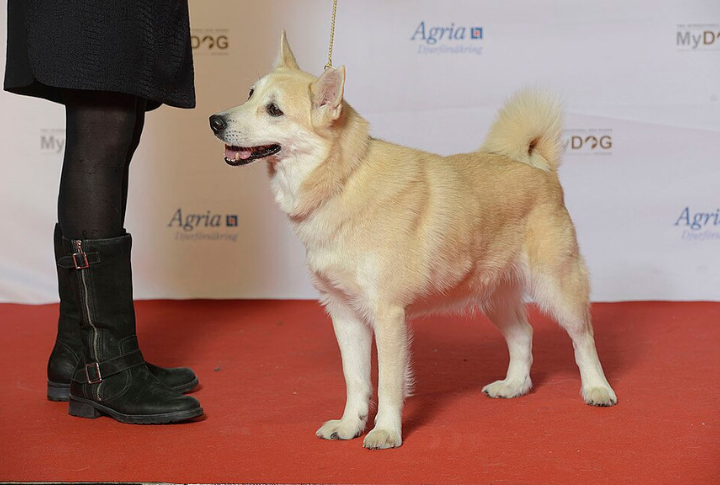
Naturally, this is a healthy breed with a lifespan of 12 to 15 years. However, it can be susceptible to some hereditary problems, like hip dysplasia, cataracts, and a neurological disorder known as hereditary ataxia. Responsible breeding practices and regular veterinary check-ups are essential to ensure their health and longevity.
Rarity and Preservation Efforts

The Norwegian Buhund is often ranked as a rare breed, even in its native country. Conservation efforts are being made to promote the breed through dedicated clubs and breeding programs. Its rarity adds to the appeal for enthusiasts seeking a unique and historically significant companion. Supporting preservation efforts helps maintain the breed’s legacy.





